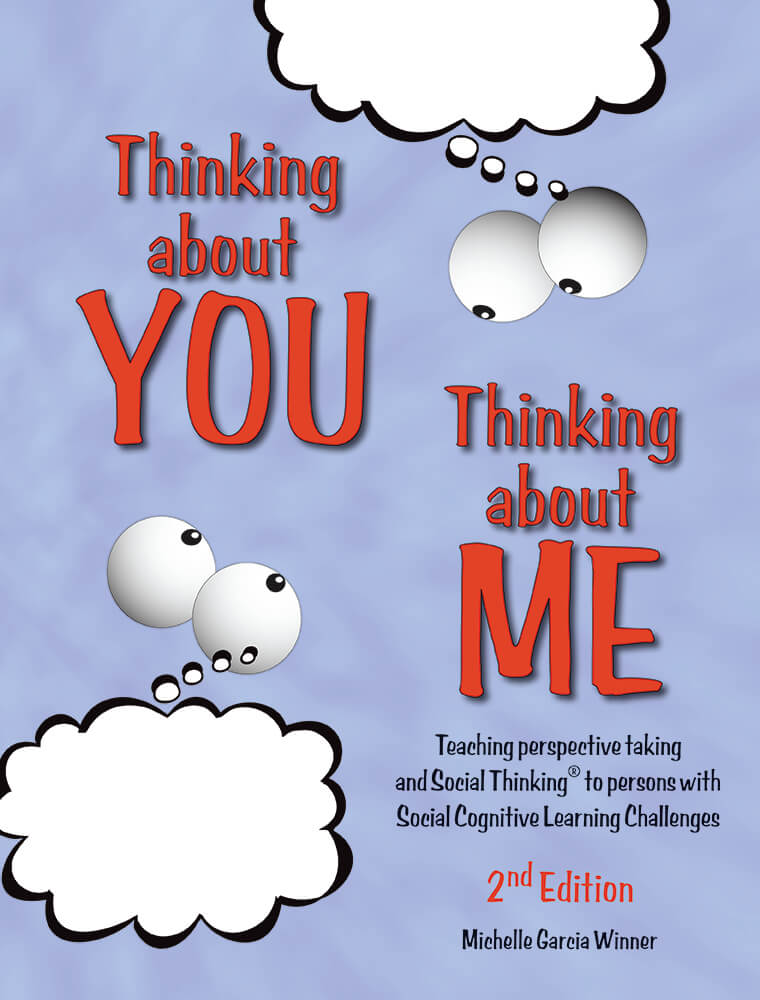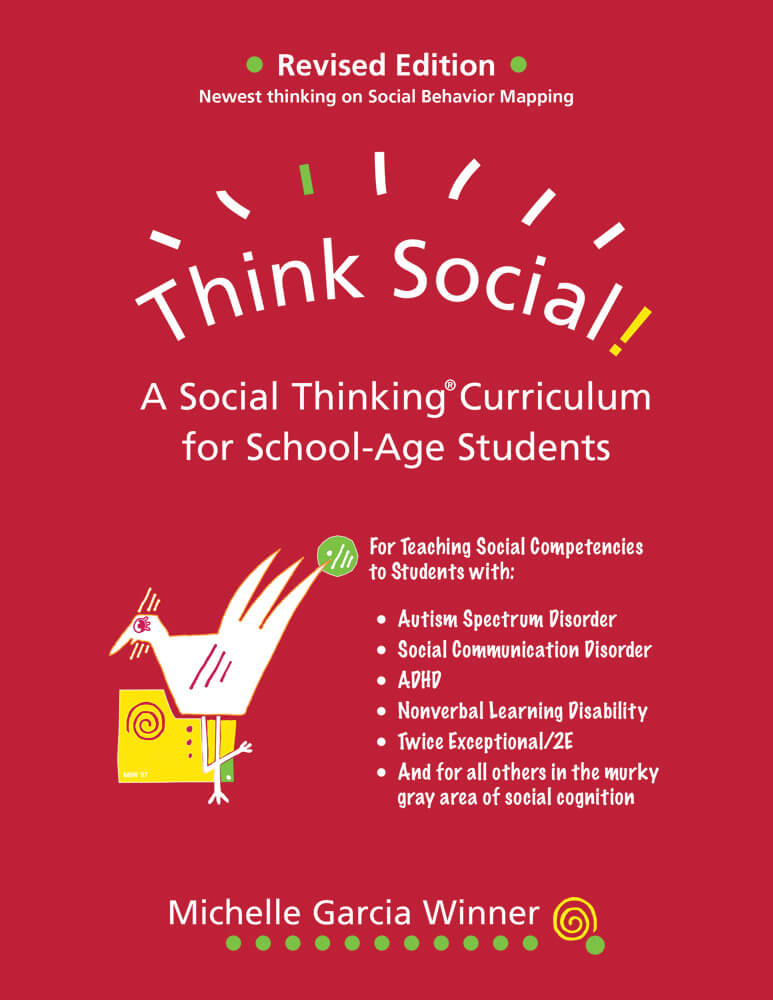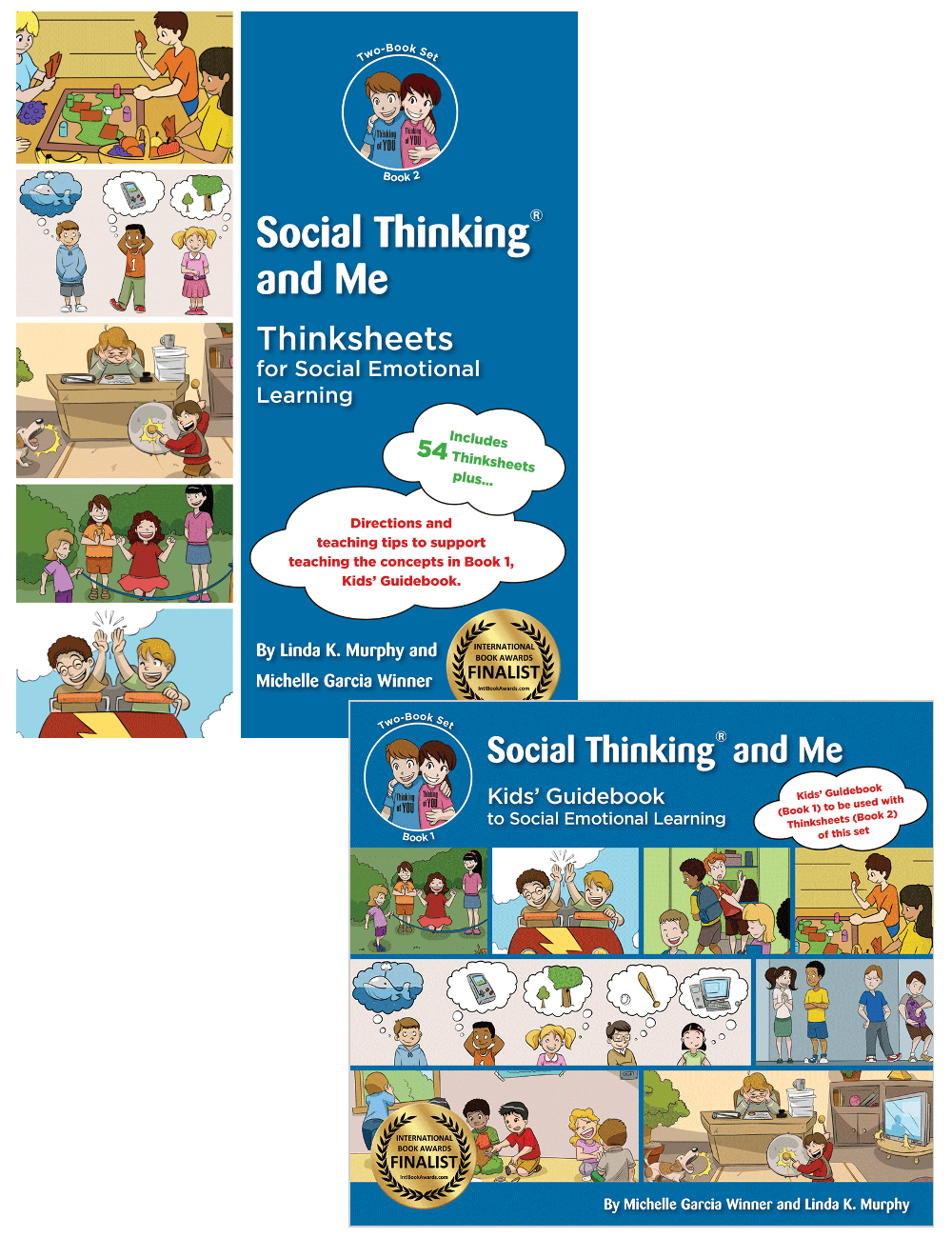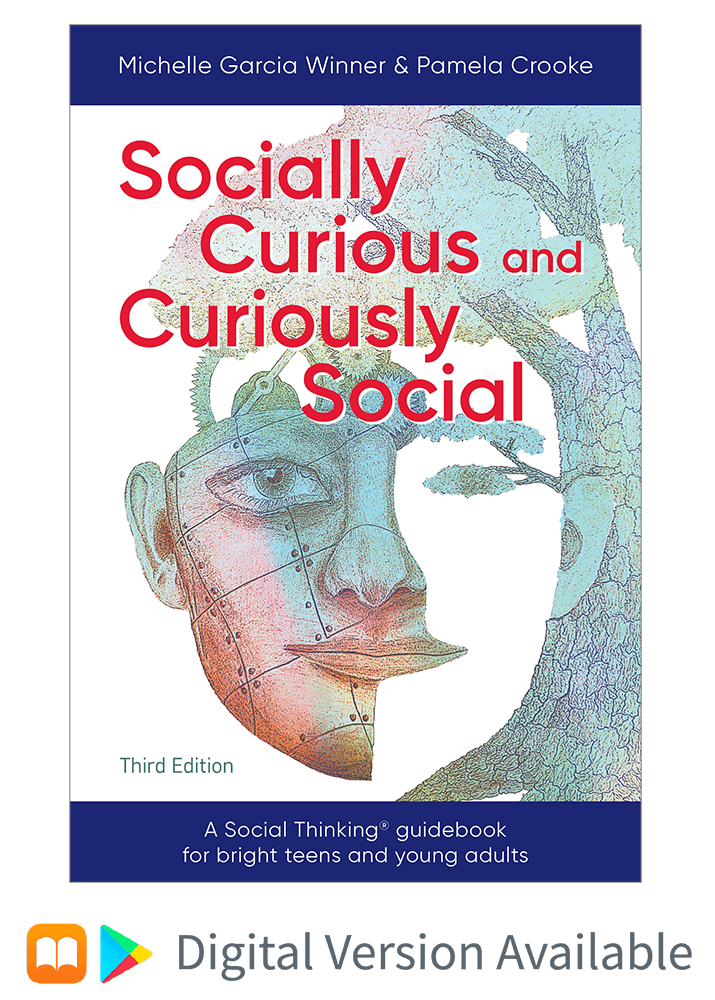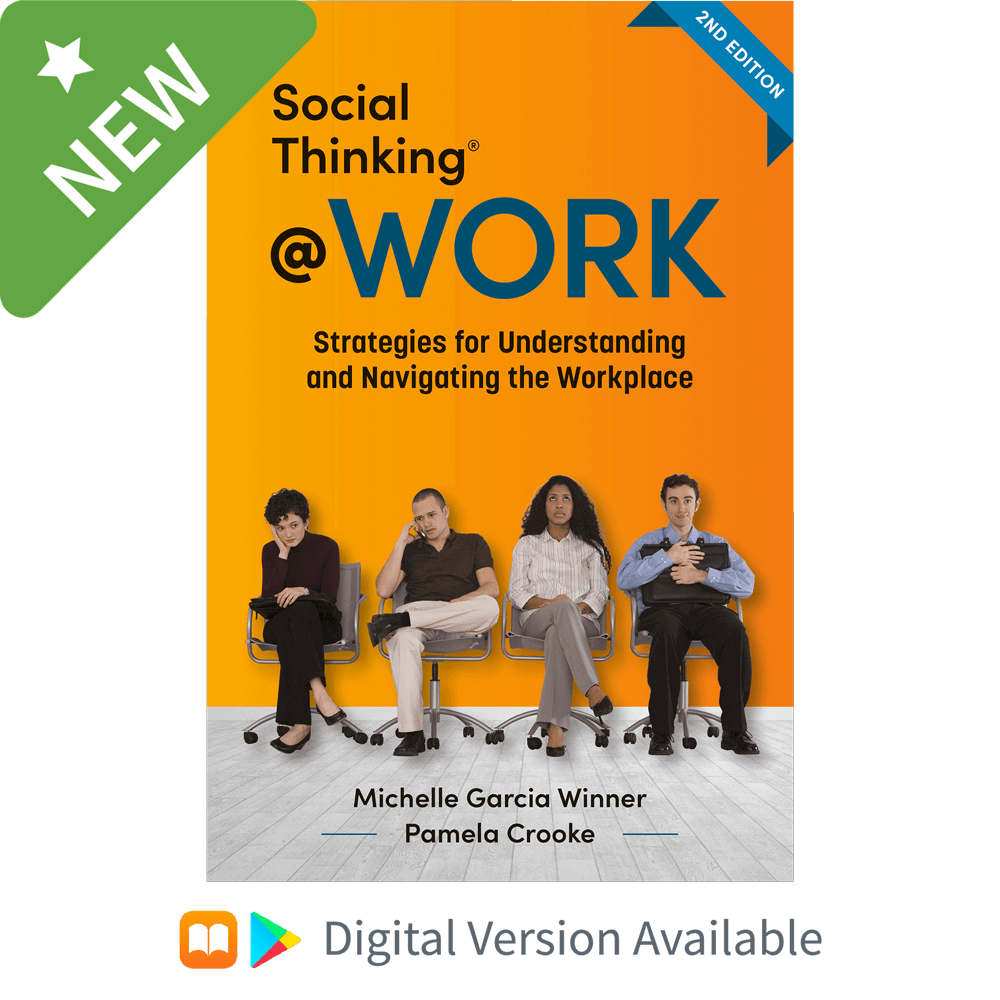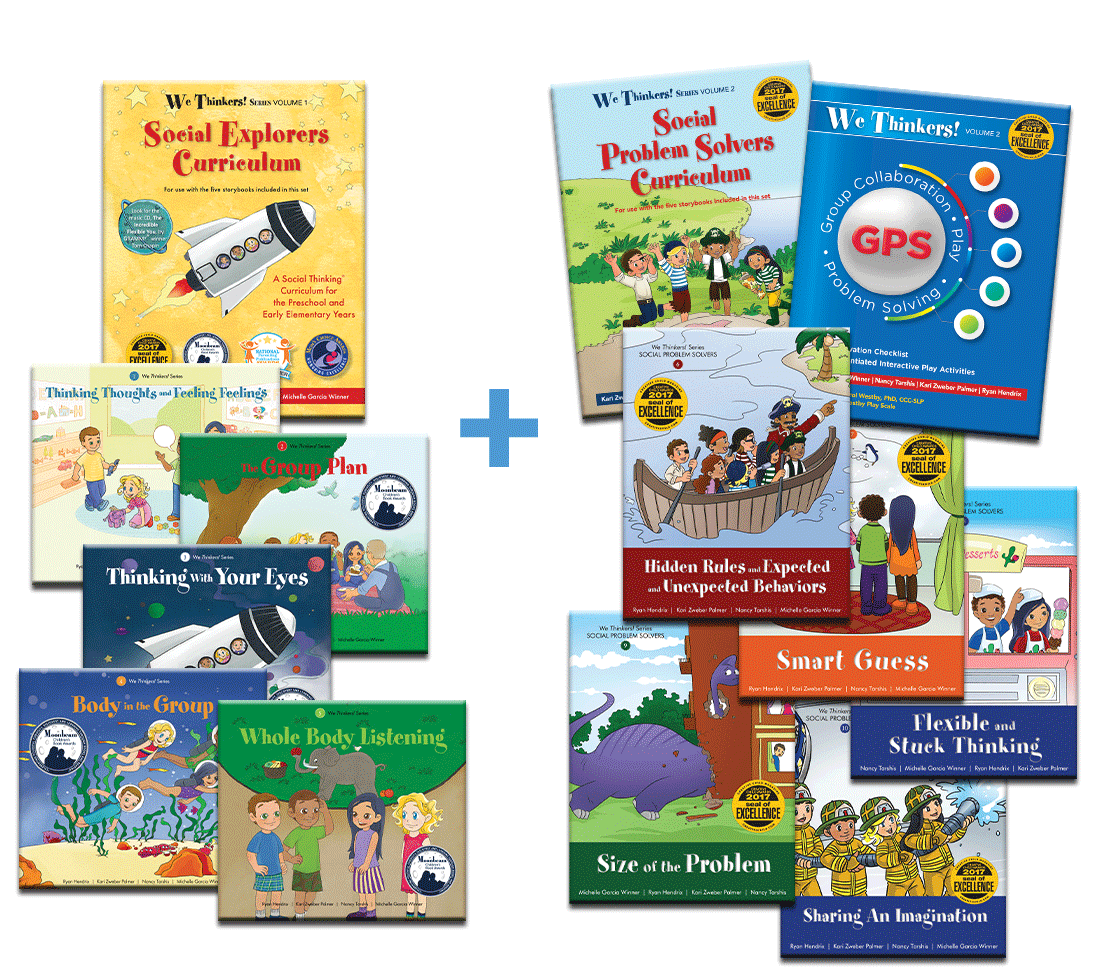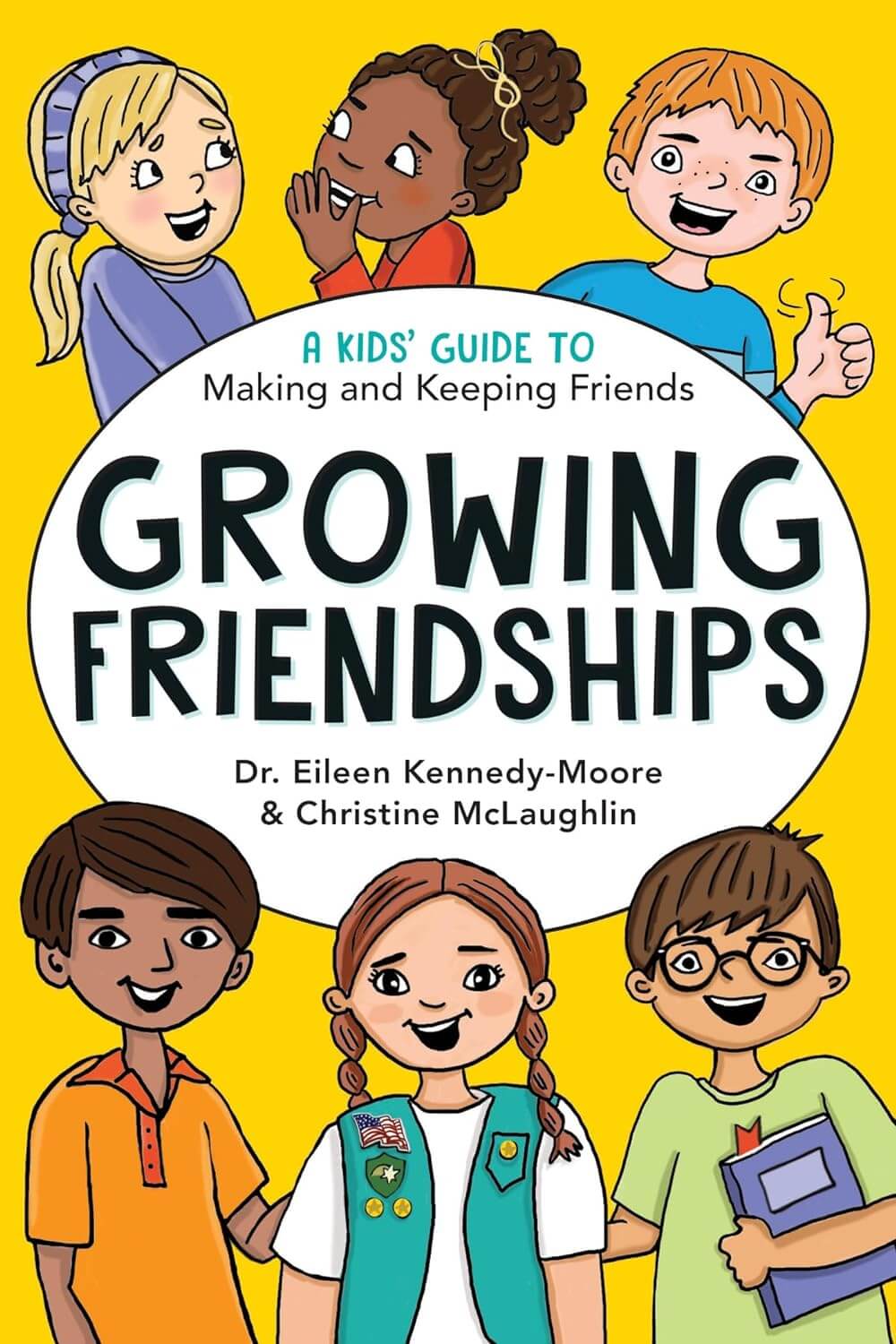Updated: July, 2022
© 2022 Think Social Publishing, Inc.
Making and keeping friends is something that most of us take for granted, in much the same way we take for granted our ability to learn to skip and run, be part of a classroom discussion, learn to write, stand in line, and do arithmetic. Furthermore, the nature and quality of friendships evolve as we mature. What makes for a good friend in elementary school is different from what makes a good friend in high school, and these shifts continue in our 20s, 30s, and across our lifetimes.
For young children, friendships can feel magical. To four-year-olds, friends may be kids they imagine traveling with to the moon or embarking on fantastic adventures together. As a ten-year-old, a good friend is someone you spend time with doing a variety of activities and talk to about different aspects of each other’s life. As a 16-year-old, a good friend is someone who clearly shows they care about you, even if the way they do this at times may not look friendly to those who are not their friend. By 26, armed with a strong developing sense of self, a good friend is someone to support you through the ups and downs of living a more independent life.
Ultimately, the ability to forge new friendships while maintaining older friendships provides us with the skills and practice needed to work in groups, work effectively as a collaborative member of a team, and simply feel included wherever we may be. In adulthood, this same set of concepts and skills will help us become part of a community, hold a job, and possibly nurture families of our own.
All parents share the common desire for their child to make and keep friends. When a child is struggling to do this, a parent asks, “Is it too much to ask that my child make a friend?” While all adults know the intrinsic value of friendship, those of us who specialize in social emotional learning can’t rightly answer this question by saying, “No! It’s not too much to ask,” as much as we wish we could. This is because friendships evolve from a developmental social emotional learning journey. Unfortunately, friendships are not pre-ordained.
Where does the journey begin when helping people learn to make friends?
When children don’t intuitively learn to develop friendships on their own, the process of learning to be a friend is a journey, not a sprint. While neurotypically developing kids take for granted that making and keeping a friend is more complicated than it appears on the surface, those with social learning differences and/or challenges need an interventionist (parent, caregiver, professional) to help them learn about all aspects of friendships, including the fact that friendships must be mutual, they change over time, and even when nurtured, friendships may not be stable and long-lasting. Here are ten truths about the friendship journey, some helpful guidance, and references to resources within the Social Thinking® Methodology (see below) that teach related social emotional learning frameworks and concepts to foster the development of friendships.
Making a Friend: 10 Truths and Tips
- Friendship is a relationship.
We may relate through play, conversations, or doing activities together. No matter the vehicle for the relationship, to relate successfully people need to feel comfortable together. Recognize how people feel about what they are discussing or doing together, rather than only attend to the activity itself. - One of the biggest compliments we give each other is our attention.
What someone is doing or talking about really isn’t as important as if they feel we are connected to them with our body (note: this is not about eye contact). There are plenty of times in every friendship when we have to push ourselves to attend with our body and brain to what someone is doing or talking about when it’s not as interesting to us. This doesn’t mean they are always fascinating, but this is the compromise we make to keep the relationship developing. - Friendship involves communication: verbal and non-verbal.
We don’t simply talk to people to be friends with them – we actively think about the person, what we know about them, and what we both might want to do together. We use our eyes to continue to show people we are thinking about what they are saying or doing, we use our bodies to indicate we are sticking with that person, and we use our language to relate or to find new topics about which someone might want to relate. Learning how our thinking, bodies, eyes, and language come together to communicate is more than practicing the social behavior of having conversations while sitting at a table. (A. How to Engage in Face-to-Face Communication) - Friendships are mutual.
Friendships require active perspective taking—thinking about what each other is thinking and feeling. As we mature, friendships are not appointed by adults or parents; they are formed as we notice who is around us, who we would like to spend more time with, and when we initiate communication and are willing to consider the perspective of the person. Friendship requires compromise, sharing boredom together, or when focusing mostly on what your friend needs in that moment, putting your needs on the back burner. (B. Perspective Taking About Own and Others’ Thoughts and Feelings) - Friendships require significant flexibility and problem solving.
How to make and maintain a friend is not the result of implementing a set of memorized social skills. Friendships evolve as we continue to learn how to be friends together, across different situations (C. Core Social Thinking® Vocabulary). Friendships provide the backdrop for working out how to stick together through good and rough times. Friendships involve trust, knowing who to tell what information and when to keep a secret. Keeping a friend often involves learning to apologize; it also means there will be some really special moments together. (D. Relationship Development) - Friendships can be stressful, unpredictable, and sometimes confusing.
Our friendships hopefully bring us many positive experiences and feelings; however, friendships can also be hurtful, stressful, and confusing. Learning to manage one’s anxiety, stress, and emotional negativity is also part of friendship management. (E. Managing Anxiety) - Friendships end.
Friendships are often not for life. As adults, we may have one to three very close friends at any time. Regular friendships and even friends we felt really close to at one point in our lives are often not our friends forever. Friendships fade out and some crash and burn. Most people have an assortment of friends throughout their lives who, over time, are no longer in touch to keep in touch with even with social media. - Making new friends is worth the work.
No matter what stage and age in our lives, we can continue to make new friends. Most people enjoy meeting new people because it’s interesting to learn about unique and similar perspectives, ideas, and knowledge. Friendships provide opportunities to learn from and relate with each other. However, it takes work to make a friend, starting with showing interest in that other person. - Friendships are complicated.
Sometimes our students or clients say, “I don’t want a friend” or “I don’t need friends.” When tweens, teens, (or adults) say they don’t want a friend, they often are saying this because they feel defeated by the complexities and associated anxiety involved in making and keeping a friend. We can help by teaching specific social emotional competencies and strategies to manage their social anxieties. - Memories of past social rejection makes it hard to want to make new friends.
When working with older teens and young or mature adults, it’s important for them to recognize their brains are always learning socially and emotionally. While each of us is likely to have made some mistakes with our past friends, we continue to learn how to be a better friend across our lives. Encourage social learners to recognize that as they mature and learn how to be socially and emotionally more aware and connected to others, they have more social competencies than they had previously. Rather than remember how friendships went bad, we can help by coaching the to focus their thinking on their ability to do things differently now and in the future. A positive mindset goes a long way toward developing new relationships, which eventually become positive memories in our lives.
Resources and teaching frameworks for understanding and growing friendships
The Social Thinking® Methodology provides many tools, tips, strategies, and ideas to foster the development of an individual’s social competencies while on this evolving journey of making and keeping friends throughout a lifetime. The following books bring to life the use of these teaching frameworks and concepts (referenced above) as social learners expand their blueprints of how the social world works to help them navigate to regulate better within that world.
A. How to Engage in Face-to-Face Communication
Social Thinking® and Me
Socially Curious and Curiously Social 3rd Edition
Thinking About You Thinking About Me
Think Social!
B. Perspective Taking About Own and Others’ Thoughts and Feelings
Social Situation Mapping
Think Social!
Social Thinking® and Me
Thinking About You Thinking About Me
Socially Curious and Curiously Social 3rd Edition
Social Thinking at Work: Strategies for Understanding and Navigating the Workplace
C. Core Social Thinking® Vocabulary
We Thinkers! Vols. 1 & 2
You Are a Social Detective!
Social Thinking® and Me
Thinking About You Thinking About Me
Think Social!
D. Relationship Development
Social Thinking® and Me
Socially Curious and Curiously Social 3rd Edition
E. Managing Anxiety
Socially Curious and Curiously Social 3rd Edition
More social learning resources about friendship by developmental age
Older Elementary Kids
Growing Friendships
Teens and Young Adults
How Rude!
For free webinars, articles, and video lessons, please visit our website: www.socialthinking.com.











